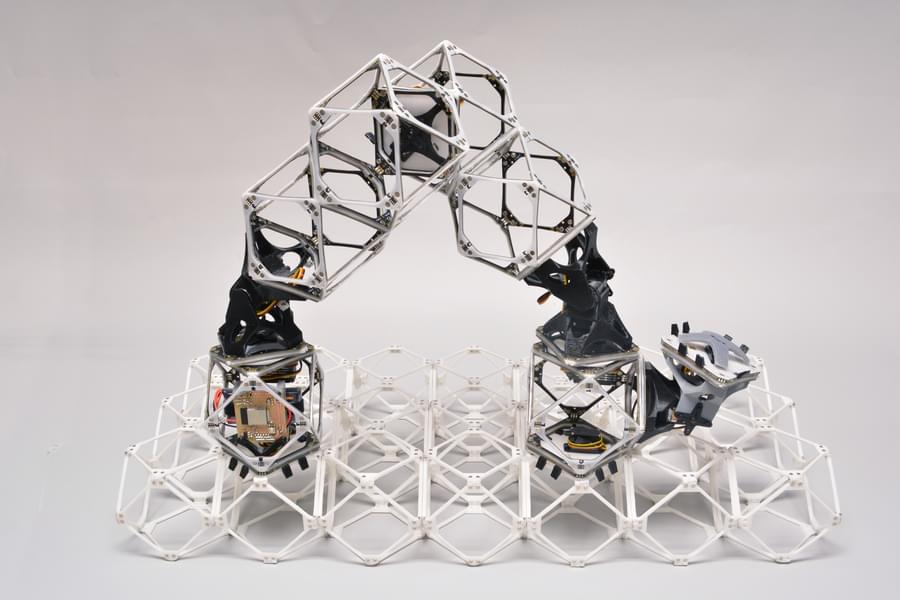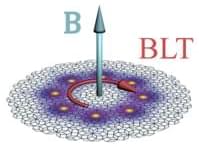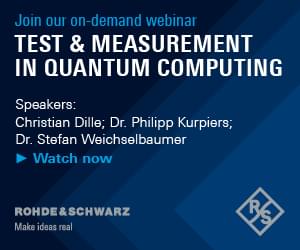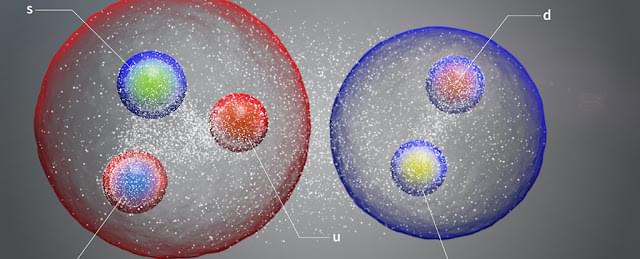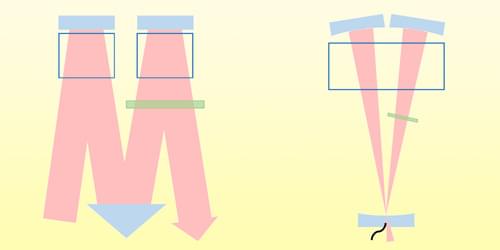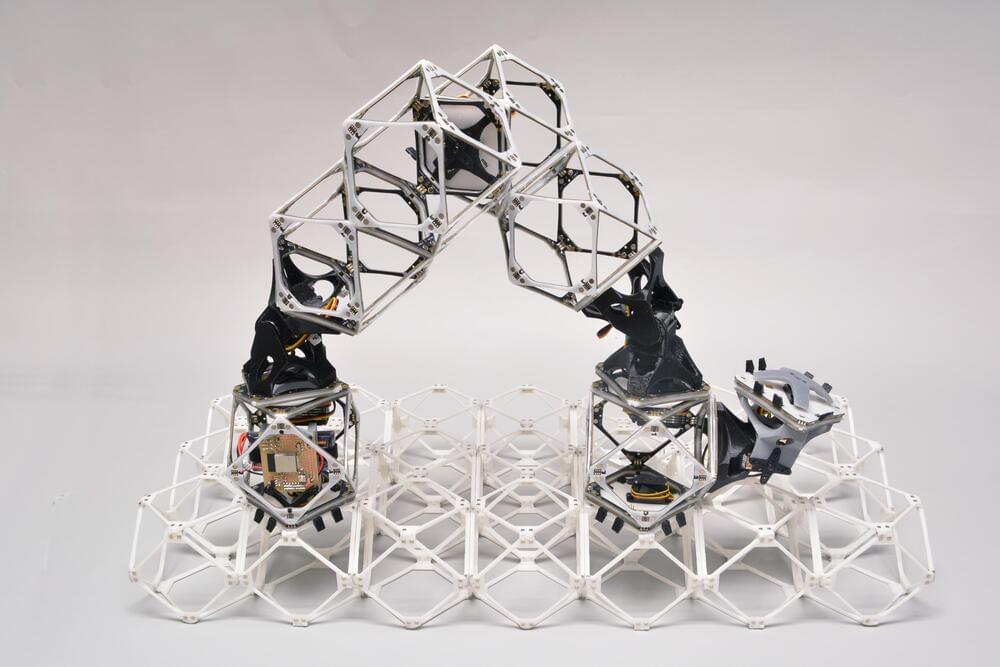Nov 27, 2022
Researchers are building robots that can build themselves
Posted by Kelvin Dafiaghor in categories: particle physics, robotics/AI
Researchers at MIT’s Center for Bits and Atoms are working on an ambitious project, designing robots that effectively self-assemble. The team admits that the goal of an autonomous self-building robot is still “years away,” but the work has thus far demonstrated positive results.
At the system’s center are voxels (a term borrowed from computer graphics), which carry power and data that can be shared between pieces. The pieces form the foundation of the robot, grabbing and attaching additional voxels before moving across the grid for further assembly.
Continue reading “Researchers are building robots that can build themselves” »
